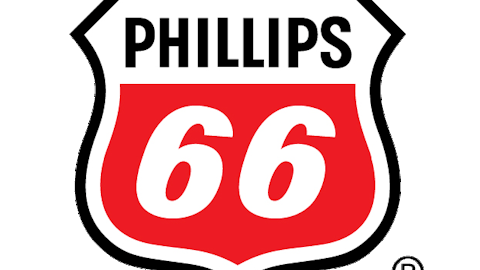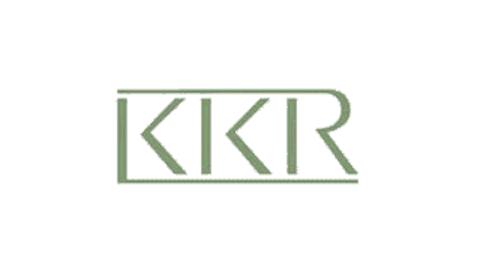
May 15, 1911 brought a seismic shift to the relationship between the United States and its largest corporations. That day, the U.S. Supreme Court unanimously affirmed a lower court’s ruling that the monolithic Standard Oil trust represented an illegal monopoly and would have to be broken apart. Its decision hinged on the “unreasonable” nature of Standard Oil’s anticompetitive efforts, which ran afoul of the 1890 Sherman Antitrust Act. Whether through predatory pricing, industrial espionage, or sheer unassailable size, Standard Oil had simply become too big to beat — until the government finally beat it back.
The decision was a long time coming. As far back as 1882, when John D. Rockefeller first formed the trust out of a myriad assortment of smaller oil enterprises, it was clear that his rapid efforts to out-scale all competition would result in market domination. Standard’s ruthless growth brought out the ire of many damaged competitors and progressive campaigners, but none were fiercer than journalist Ida Tarbell, daughter to a failed oil entrepreneur Rockefeller had ruined in Ohio. Far greater attention was given to the behemoth trust following the publication of her book A History of the Standard Oil Company in 1904. Her accusations, which were not always economically accurate, spurred a federal investigation that led, two years later, to the filing of an antitrust suit against Standard Oil.
For five years, Standard’s lawyers fought back hard against the government. Their primary argument was, essentially, “Yes, we’re huge, but we did it legally.” Later evaluations have determined that Standard’s best growth success occurred entirely through normal business channels — mergers, acquisitions, and geographic expansions — and that Standard’s pricing advantage came through this relentless growth and was not in fact predatory. Scale matters, and in resource extraction and refining it can make all the difference between phenomenal profitability and abject failure.
The Supreme Court waded into unknown economic territory and ultimately agreed that Standard Oil held an unreasonable monopoly over the rapidly expanding oil industry. The trust was given six months to disperse its operations to 34 “Baby Standards,” which would then operate independently and generate the competitive pressure Standard Oil had not encountered. The largest of the Baby Standards would become:
Standard Oil of New Jersey — later renamed Esso (S.O.), and now Exxon Mobil Corporation (NYSE:XOM) following a 1999 megamerger.
Standard Oil of New York — later renamed Mobil, merged with Exxon Mobil Corporation (NYSE:XOM).
Standard Oil of California (Socal) — renamed Chevron Corporation (NYSE:CVX).
Standard Oil of Indiana — renamed Amoco, later acquired by BP plc (ADR) (NYSE:BP).
Standard Oil of Kentucky — acquired by Chevron Corporation (NYSE:CVX).
Continental Oil Company (Conoco) — now ConocoPhillips (NYSE:COP) .
Standard Oil of Ohio — acquired by BP plc (ADR) (NYSE:BP).
Ohio Oil Company — became Marathon Petroleum Corp (NYSE:MPC).


